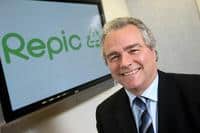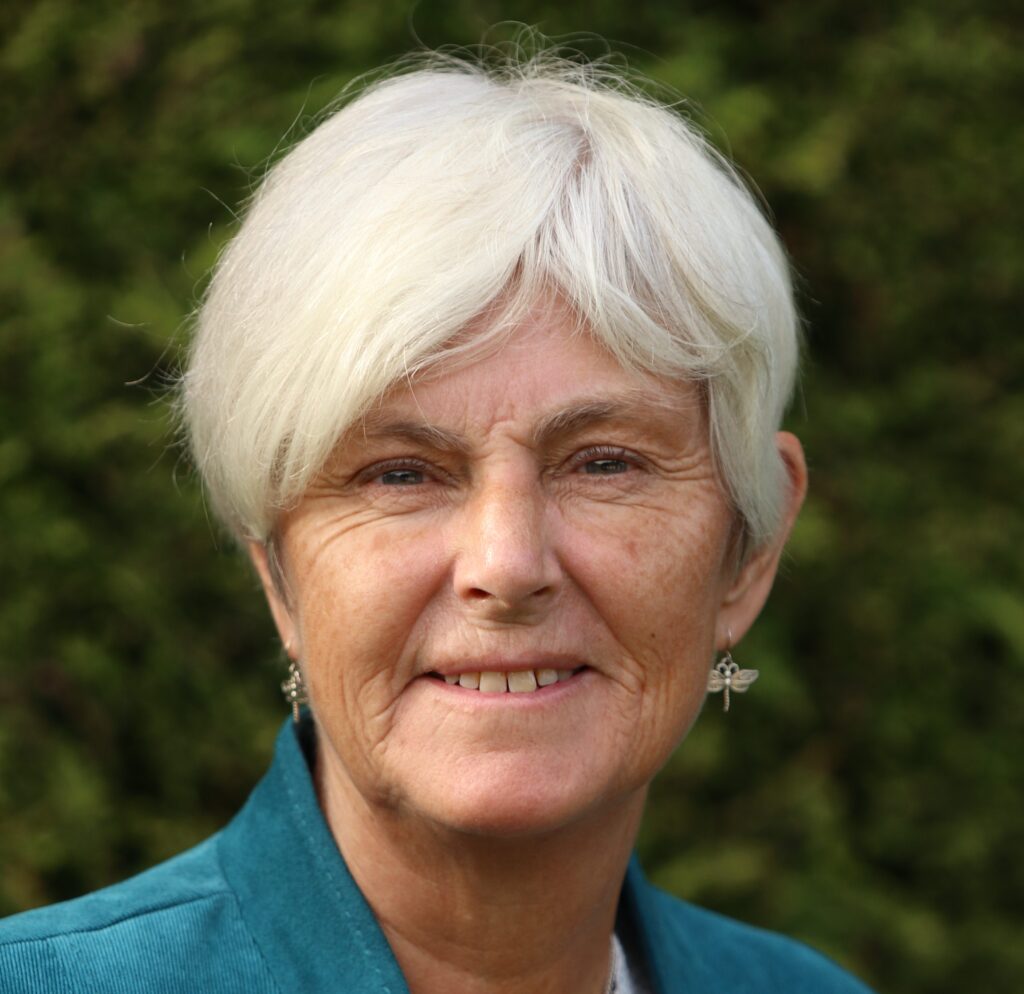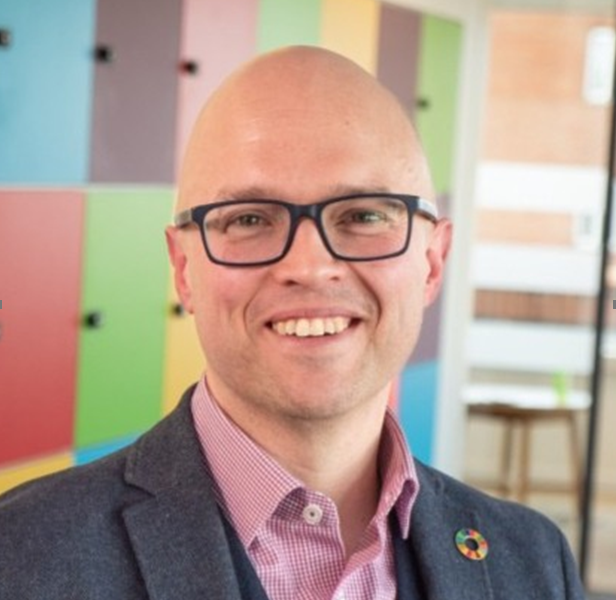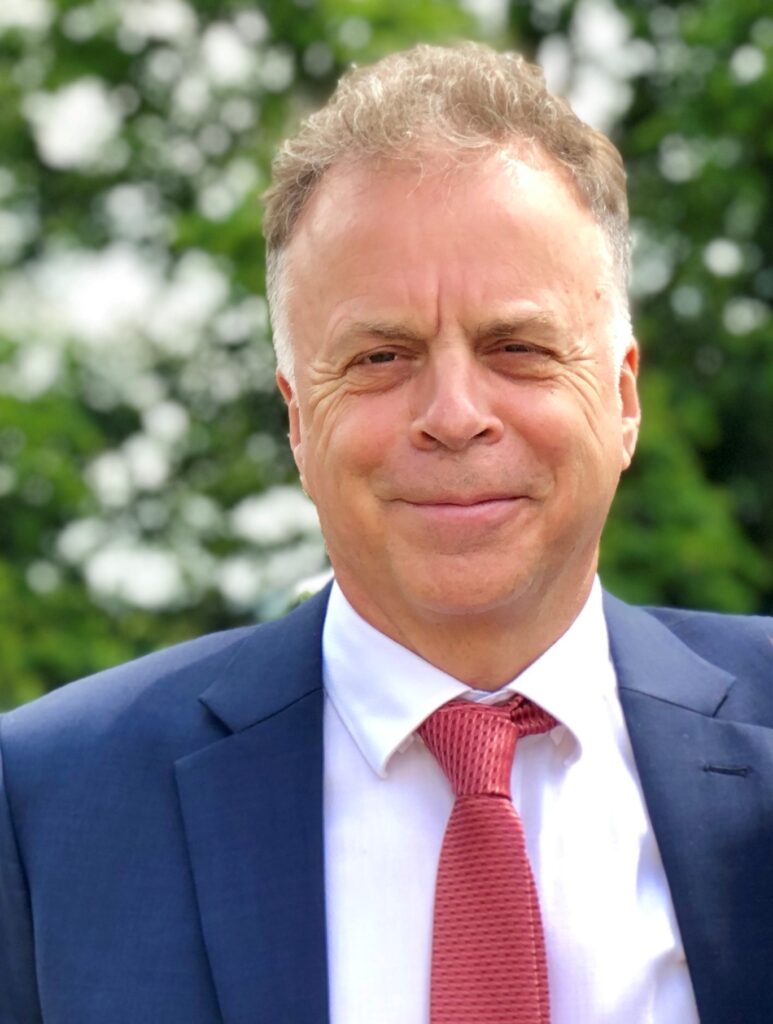The main objective of this year's International WEEE Forum, held in Zurich a month or so ago, was to discuss the status of the current WEEE management system across Europe, and the aims and objectives the industry needs to work towards by 2020. Given the current focus on increasing the efficiency of the WEEE system, it was very encouraging to see almost 300 participants across all stakeholder groups in the EEE and WEEE sector, from all over Europe in attendance.

By continuing to work together and share best practice, I am confident that, as an industry, we can continue to improve recycling and collection rates across Europe
Dr Philip Morton, REPIC
Since the introduction of the Directive in July 2007, there have been a number of significant developments and improvements but, as with any system, it will take time to perfect and there is still some way to go. By getting everyone together, from producers and retailers to WEEE management professionals and political influencers, this forum, held once every two years, provided a real opportunity for us to address a number of issues and discuss ways in which we can help to make the WEEE system more secure and efficient.
The forum served to highlight the concern among the sector over the relatively low collection rate of WEEE across Europe, and it was recognised that it is actually due to low counting rates, rather than low collection rates. This means we simply fail to count WEEE going through routes other than the Producer Compliance Schemes (PCSs), for example third party collectors. The current review of the system is therefore expected to introduce both voluntary and mandatory standards for treatment facilities to help increase the rate of recycling and include, for counting purposes, the WEEE handled by everyone, not just PCSs.
Targets
Inevitably, the proposed European target was discussed, namely the practicality of achieving the 65% collection target based on EEE sold by 2016. Based on current collection rates across Europe, there is a concern among all stakeholders that this is still too high and that a target based on EEE put on the market may be too blunt a tool. An EEE-based target would potentially be another ‘one size fits all' number, like the current 4kg minimum, and would not reflect the different states of development in each Member State's market.
As an alternative, there is widespread, and growing, support for a target which is based on WEEE generated by a Member State, especially one that is based on retrospective years. Using actual data from prior years would provide each Member State with a known target of tonnage at the beginning of each year, rather like the system we have in place in the UK for batteries and packaging. By doing this, everyone would know at the outset what had to be achieved. It would also reflect the different stages of economic development in each Member State by taking account of what had been achieved in prior years and building on that.
Responsibility for meeting targets was also discussed in some depth and it seems that attendees at the forum were generally in agreement that it is important for this target to remain a Member State target. Producers, or their appointed schemes, remain committed to accept all WEEE handed over to them, but they have no jurisdiction or influence over other players in the market that choose to collect and treat WEEE; that is a Member State responsibility.
Producer Responsibility
It is encouraging to see a greater awareness of the need for a short, visible audit trail in order to reduce leakage from the system
Dr Philip Morton, REPIC
One of the most significant topics raised for discussion at this year's forum was the all important question of producer responsibility, and the clarification of exactly what this should entail going forward. Producer organisations are only one of many players that collect and treat WEEE, therefore if we are to count more WEEE in the system, it makes sense that all players handling WEEE need to operate in the same way and to the same standards. Counting what is treated by others doesn't require any disturbance to existing economic operators' models; as long as WEEE is handled properly, it should count.
Improving Collection of WEEE
Having chaired the session which looked at ways in which the collection of WEEE could be improved, it is encouraging to see a greater awareness of the need for a short, visible audit trail in order to reduce leakage from the system.
Where several parties (intermediaries) are involved in the recycling chain, the audit trail becomes longer and potentially less clear, and the risk of leakage and the illegal export of WEEE can increase. However, where there is a direct relationship between those collecting WEEE such as a local authority or waste company operating their sites, or a retailer and a PCS that actually needs and directly finances the WEEE for its members' obligations, the audit trail is far shorter, enhancing the security of the recycling process. This makes it easier to know where WEEE comes from, where it goes to and who pays for its treatment. It is a short, closed loop, transparent audit trail.
Conclusion
While there are still many challenges within the current system, the discussions at the forum demonstrated how far the industry has already evolved in the short time since the introduction of the Directive. By continuing to work together and share best practice, I am confident that, as an industry, we can continue to improve recycling and collection rates across Europe.











Subscribe for free